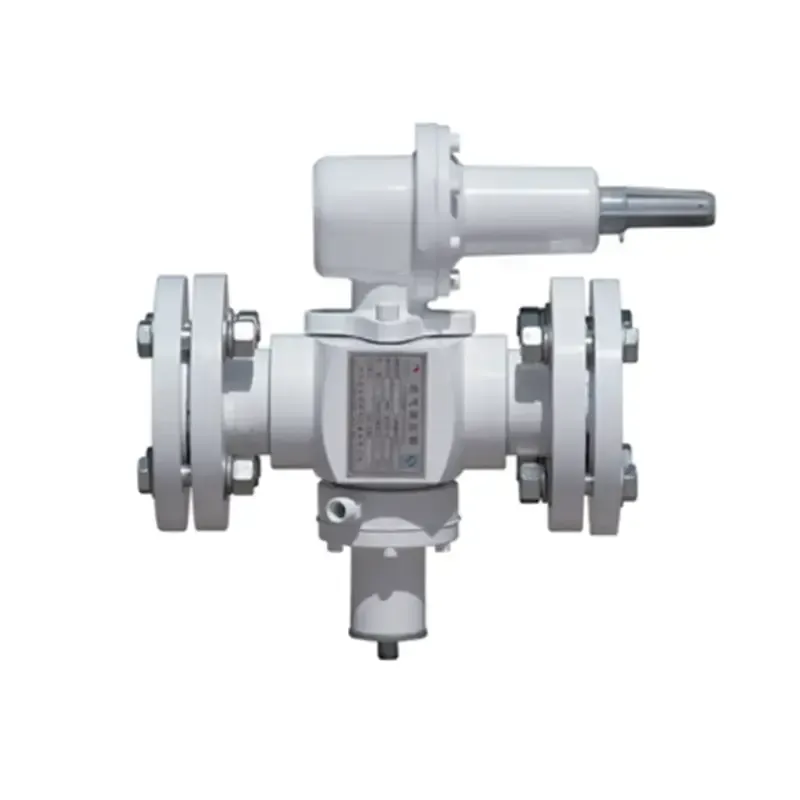
Nov . 10, 2024 00:10
Back to list
Electric Heaters and Their Efficient Energy Solutions for Your Home
Electric Heaters A Comprehensive Guide
Electric heaters have become a fundamental part of modern living, especially in regions where winter temperatures plunge. These devices provide efficient and convenient heating solutions for homes, offices, and various other spaces. In this article, we will explore the different types of electric heaters, their benefits, and some considerations for selecting the right one for your needs.
Types of Electric Heaters
1. Convection Heaters Convection heaters work by heating the air in a room. They typically have a heating element that warms the air, which then rises and creates a natural circulation of warm air. These heaters are ideal for evenly heating entire rooms and come in various forms, including wall-mounted and portable models.
2. Radiant Heaters Radiant heaters, on the other hand, focus on heating objects and people directly rather than the air. They use infrared technology to emit heat, making them effective for quick heating in smaller spaces. They are particularly useful for outdoor areas or rooms that need immediate warmth.
3. Fan Heaters These heaters incorporate a fan that blows air over a heating element, distributing warm air quickly throughout the space. They are great for rapidly heating small to medium-sized areas and are often used in bathrooms or other spaces where instantaneous warmth is desired.
4. Oil-Filled Radiators These heaters contain oil that is heated by an electric element. The heated oil warms the surrounding metal fins, which then radiate heat into the room. They are known for retaining heat for long periods, even after they are turned off, making them energy-efficient for extended use.
5. Baseboard Heaters Baseboard electric heaters are installed along the base of walls and are often used in combination with a central heating system. They work by delivering heat slowly and steadily, providing a comfortable ambient temperature.
Benefits of Electric Heaters
.
- Energy Efficiency Many modern electric heaters are designed to be energy-efficient. They convert nearly all the electrical energy consumed into heat, providing effective heating with minimal waste.
السخانات الكهربائية

- Safety Electric heaters come equipped with safety features such as tip-over protection and thermal cut-off systems that prevent overheating. This makes them safer than traditional heating methods, such as open flames or heated coils.
- Environmentally Friendly Electric heaters produce no direct emissions, making them a more environmentally friendly option compared to fossil fuel heating systems. Utilizing renewable energy sources further enhances their eco-friendliness.
Considerations for Choosing Electric Heaters
When selecting an electric heater, several factors should be taken into account
1. Space Size The size of the area you need to heat will determine the type and power of the heater you should choose. Larger spaces may require higher wattage or multiple heaters.
2. Heating Needs Consider whether you need a heater for constant or temporary use. Some heaters are better suited for quick heating, while others provide long-lasting warmth.
3. Portability If you plan to move the heater between rooms, look for lightweight and portable models that can be easily transported.
4. Noise Level Some heaters can generate noise, especially fan-based models. If quiet operation is a priority, choose convection or oil-filled models that operate silently.
Conclusion
Electric heaters offer a versatile and efficient solution to meet the heating needs of various environments. By understanding the different types available and their respective advantages, consumers can make informed decisions that align with their comfort and heating requirements. Whether for a chilly winter evening or a heated workspace, electric heaters stand out as a practical choice for reliable warmth.
Latest news
-
Safety Valve Spring-Loaded Design Overpressure ProtectionNewsJul.25,2025
-
Precision Voltage Regulator AC5 Accuracy Grade PerformanceNewsJul.25,2025
-
Natural Gas Pressure Regulating Skid Industrial Pipeline ApplicationsNewsJul.25,2025
-
Natural Gas Filter Stainless Steel Mesh Element DesignNewsJul.25,2025
-
Gas Pressure Regulator Valve Direct-Acting Spring-Loaded DesignNewsJul.25,2025
-
Decompression Equipment Multi-Stage Heat Exchange System DesignNewsJul.25,2025

